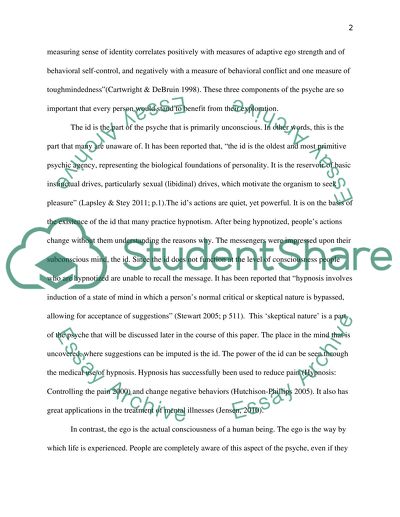Cite this document
(“ID, Ego and Super Ego Term Paper Example | Topics and Well Written Essays - 1500 words”, n.d.)
Retrieved from https://studentshare.org/psychology/1434898-id-ego-super-ego
Retrieved from https://studentshare.org/psychology/1434898-id-ego-super-ego
(ID, Ego and Super Ego Term Paper Example | Topics and Well Written Essays - 1500 Words)
https://studentshare.org/psychology/1434898-id-ego-super-ego.
https://studentshare.org/psychology/1434898-id-ego-super-ego.
“ID, Ego and Super Ego Term Paper Example | Topics and Well Written Essays - 1500 Words”, n.d. https://studentshare.org/psychology/1434898-id-ego-super-ego.


